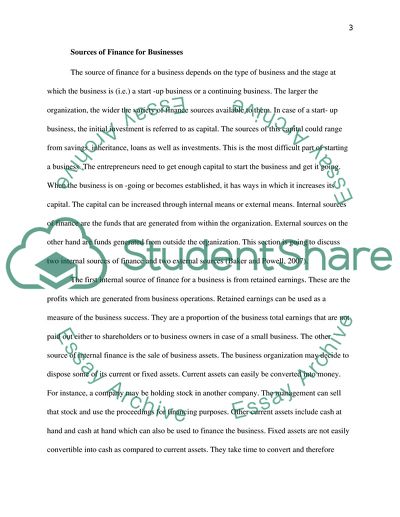Cite this document
(Understanding Financial Statements Term Paper Example | Topics and Well Written Essays - 2500 words, n.d.)
Understanding Financial Statements Term Paper Example | Topics and Well Written Essays - 2500 words. Retrieved from https://studentshare.org/finance-accounting/1615888-mfrd
Understanding Financial Statements Term Paper Example | Topics and Well Written Essays - 2500 words. Retrieved from https://studentshare.org/finance-accounting/1615888-mfrd
(Understanding Financial Statements Term Paper Example | Topics and Well Written Essays - 2500 Words)
Understanding Financial Statements Term Paper Example | Topics and Well Written Essays - 2500 Words. https://studentshare.org/finance-accounting/1615888-mfrd.
Understanding Financial Statements Term Paper Example | Topics and Well Written Essays - 2500 Words. https://studentshare.org/finance-accounting/1615888-mfrd.
“Understanding Financial Statements Term Paper Example | Topics and Well Written Essays - 2500 Words”, n.d. https://studentshare.org/finance-accounting/1615888-mfrd.


